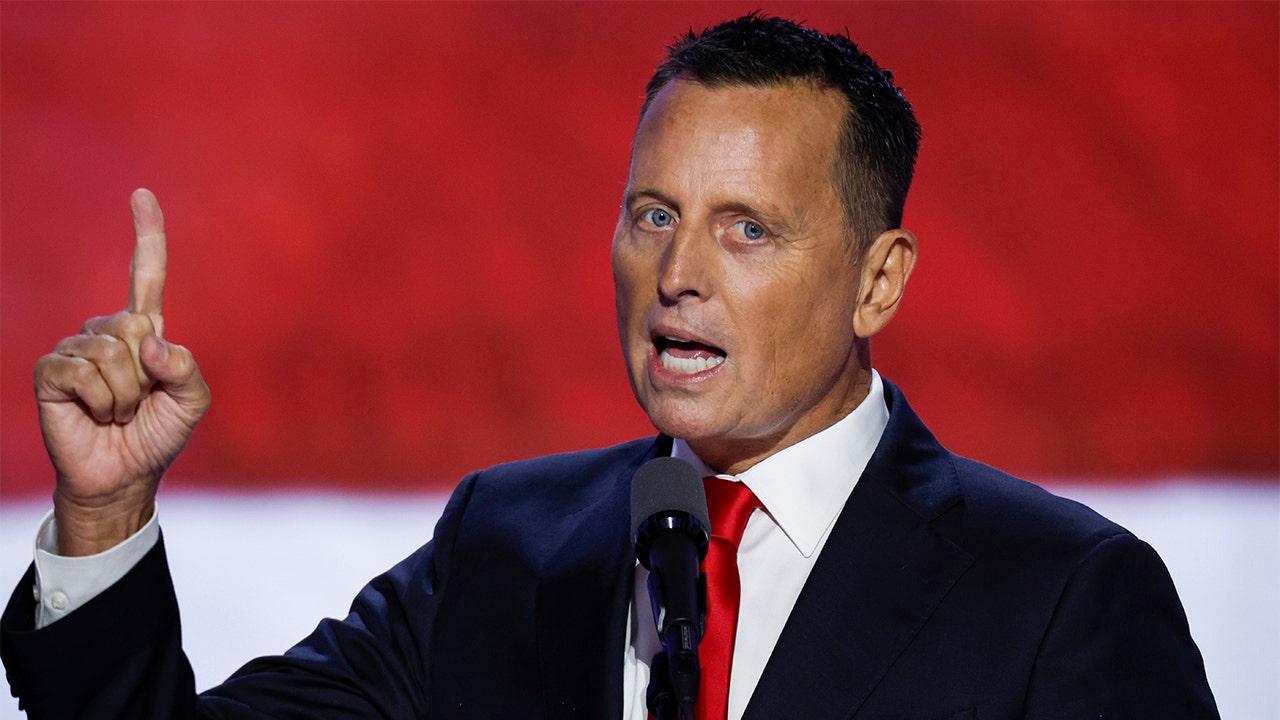Six Alaska House seats currently held by men are set to be held by women next year, bringing the overall number of women in the chamber to 21. This will be the first time in the state’s history that one of the legislative chambers is majority women.
The women elected to the Alaska House bring a variety of experiences and perspectives to the chamber. Ten of them are Republicans, including four newly elected this year. Nine are Democrats — including three who are newly elected. Two are independents who caucus with Democrats.
There are also five women in the state Senate, a number that remained unchanged in this year’s election, bringing the total number of women in the Alaska Legislature to 26 out of 60, a new record for the state. The previous record of 23 was set in 2019.
Nationally, around a third of legislative seats were held by women this year, according to researchers at Rutgers University. Nearly two-thirds of women legislators are Democrats. In Alaska, women serving in the Legislature are largely evenly split between the major political parties.
Before this year’s election, only seven states had ever seen gender parity in one of their legislative chambers. They include Arizona, Nevada, New Hampshire, Rhode Island, Colorado, New Mexico and Oregon. California is set to join the list after this year’s election.
Three of the women slated to serve in the Alaska House next year are Alaska Native — also a record. Two of them were elected for the first time: Robyn Burke of Utqiagvik, who is of Iñupiaq descent, and Nellie Jimmie of Toksook Bay, who is of Yup’ik descent. They join Rep. Maxine Dibert of Fairbanks, of Koyukon Athabascan descent, who was elected in 2022.
The historic increase in representation of women came in Alaska even as voters did not reelect U.S. Rep. Mary Peltola, the first woman and first Alaska Native person to represent the state in the U.S. House. Peltola was voted out in favor of Republican Nick Begich III.
Women come to the Alaska Legislature from diverse professional backgrounds, but a disproportionate number of them will arrive with some experience in public education.
Three of the newly elected lawmakers — Burke, Jubilee Underwood of Wasilla and Rebecca Schwanke of Glennallen — have served on their local school boards, helping oversee the North Slope Borough, Matanuska-Susitna Borough and Copper River school districts, respectively.
The three bring different perspectives on public education. Burke said she is looking forward to working with a bipartisan caucus that is set to have a majority in the Alaska House this year, with a focus on increasing education funding and improving the retirement options for Alaska’s public employees, including teachers.
Schwanke and Underwood, on the other hand, have indicated they will join the Republican minority caucus, which has shown an interest in conservative social causes such as barring the participation of transgender girls in girls’ school sports teams.
The increase in the number of women serving in the Alaska Legislature comes as public education funding is set to be a key issue when lawmakers convene in January.
Burke said she and the other newly elected women bring different policy perspectives to the topic of education, but their shared experience in serving on school boards reflects a commitment to their children’s education.
“With so many parents and so many moms, I hope that there will be really good legislation that supports working families and children and education,” Burke said.






:quality(70)/cloudfront-us-east-1.images.arcpublishing.com/adn/ABQMRJMUPFB7BPUFDNPR5GIS5I.JPG)


















/cdn.vox-cdn.com/uploads/chorus_asset/file/25739950/247386_Elon_Musk_Open_AI_CVirginia.jpg)



